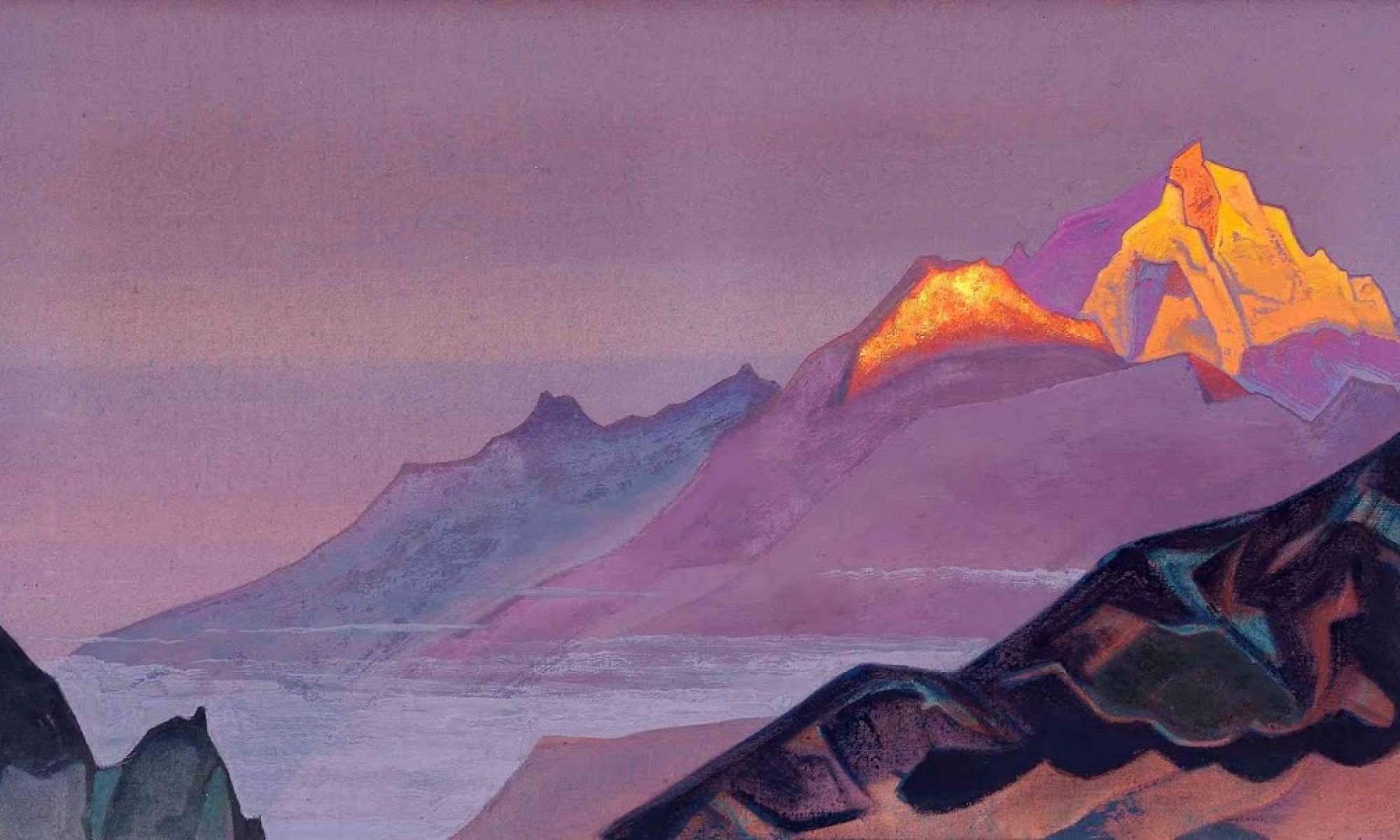Itineraries, or lam yig, are a useful way of mentally visualizing space. This is especially so in the Tibetan context where space, place, person, and pilgrimage are conceptualized in ways that defy Anglophone categorizations (Huber, 83). It is therefore important to look at the earliest written itineraries to Shambhala, a supposedly non-material space, as these itineraries lend it both materiality in this world and abstract meanings in Buddhist theory.
John Newman identified three main itineraries to Shambhala: the rMi lam rdzun bshad sgyu ma’i sgra dbyangs chen mo (MLDS), the Kalāpāvatāra (KA), and the Shambha la’i lam yig of the third Paṇ chen Lama.
The MLDS is characterized by its matter-of-fact manner of describing the route to Shambhala, as if anyone could accomplish it by following the cartographical instructions. Meanwhile, the Kalāpāvatāra (KA) is much less straightforward than the MLDS, telling a convoluted story about with Avalokiteśvara as a central character, and Amoghāṅkuśa who describes the route to Kalāpa, the capital of Shambhala. The itinerary is therefore conveyed through narrative, with the itinerary itself being a journey through a spiritual realm. The descriptions of physical geography are hyperbolic and unrealistic, only meant to be obstacles to test the faith of those who search for Shambhala. In Newman’s words, “Any traveller can follow the path described by Man lung Guru; only an adept of tantric magic can hope to reach Kalāpa via the route described in the Kalāpāvatāra” (“Itineraries”, p. 490).
The most famous itinerary of Shambhala is the Shambha la’i lam yig written by the third Paṇ chen Lama (1738-1780), as it was the first to be translated into European languages. Still, most of the Pan chen Lama’s description is a restatement of the KA, thus it offers little new information on the itinerary. What is of interest is that the Pan chen Lama chose to opt for the “spiritual” account (in the spirit of the KA) rather than the “realist” one (in the spirit of the MLDS). He specifically notes that the MLDS is too easy to follow, and contradicts too much with the “authoritative” itinerary, the KA. Here, the spiritual was chosen over the real, the metaphysical over the physical. In order to protect Shambhala’s sanctity from non-Buddhists and barbarians, a spiritual barrier was lifted up in the Shambhala narrative itinerary (Newman, “Itineraries”, p. 491).
While this conclusion risks cutting along cultural lines too neatly, it was observed that Indian itineraries in Tibetan translation leaned on the side of the “spiritual”, foregoing the accuracy of physical geography; indigenous Tibetan lam yigs still favored “realism” and pragmatic guidebooks that were meant to be followed in reality (Newman, “Itineraries”, p. 493). This duality is still useful for understanding the ambivalence that Shambhala straddles and how that adds to its potency as a sacred space, being both accessible and inaccessible, worldly and unworldly, all at once. Its non-materiality gives it an additional spiritual leverage over material sacred spaces.
Even today, the 14th Dalai Lama continues this straddling by saying: “Although Shambhala is a place located somewhere on this planet, it is a place that can be seen only by those whose minds and karmic propensities are pure.” (His Holiness the 14th Dalai Lama, p. xvii) In one sentence, he reinforces both its material and spiritual reality, where the material reinforces its accessibility and the spiritual reinforces its exclusivity. As an abstract space, the possibilities of rhetoric surrounding it are endless.
